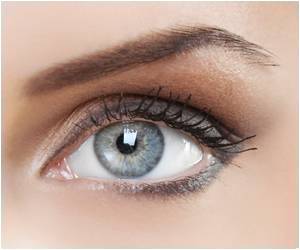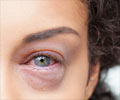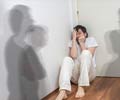Between 40 to 50 percent of older adults with visually impairing eye disease limit their activities due to a fear of falling, reveals a new study.

In the paper, "Activity Limitation Due to a Fear of Falling in Older Adults with Eye Disease," researchers report on their examination of patients with age-related macular degeneration (AMD), glaucoma and Fuchs corneal dystrophy, as compared to a control group of older adults with good vision. Of the three groups with visual limitations, the patients with Fuchs corneal dystrophy were the mostly like to report activity limitation due to fear of falling, followed by those with glaucoma and the AMD group.
"I expected all of the groups to limit their activities due to a fear of falling but I was a bit surprised that the group with Fuchs corneal dystrophy was the most likely to limit their activities," says Ellen E. Freeman, PhD, Department of Ophthalmology at the University of Montreal, Québec, Canada. "I was also surprised at how frequently people with eye disease reported limiting their activities due to fear of falling. Clearly, this is something that is affecting many people with eye disease."
The research team conducted a cross-sectional study of 345 patients (93 with AMD, 57 with Fuchs, 98 with glaucoma and 97 controls) from the ophthalmology clinics of Maisonneuve-Rosemont Hospital in Montreal. Questionnaires and vision tests were given to each patient. Only 16 percent of controls with normal vision reported activity limitation due to a fear of falling compared with the 40 to 50 percent of patients with eye disease.
Results also showed that people who reported activity limitation due to a fear of falling were older, were more likely to be females, had worse vision, were more likely to be depressed and had greater comorbidity.
Freeman points out that their findings are not only relevant to older patients with eye disease, but to their families, physicians and to those providing low vision rehabilitation services. "It is important to know more about which activities are being limited due to fear of falling. We can then develop and test interventions to help people feel more confident about their ability to safely do those activities," she says. " If we could develop a brief, effective intervention focused on select activities, I would like to see it offered in the clinical setting. Then, we could encourage people to see a low vision rehabilitation specialist if they want more training."
Advertisement
Source-Eurekalert













